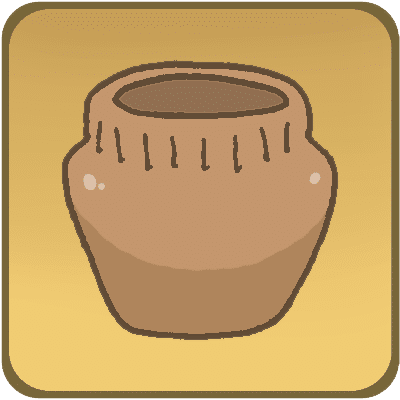This period covers the history of the Netherlands in the period from the time of hunters and farmers to the year 3000 BC. The time of hunters and farmers is also called prehistoric times. Prehistory means history. From this period we have no written sources. Everything we know about prehistoric times we know thanks to archaeological finds. These are usually objects made by the people of that period. We call these artifacts. But sometimes archaeologists also find remains of animals or people from prehistoric times. An example of this is Ötzi the iceman. By studying these finds, they can determine the time they are from and obtain valuable information about history.
Prehistory is divided into three different periods. These are: the Stone Age, the Bronze Age and the Iron Age. The first period of prehistoric times, the Stone Age, is also divided into three different epochs. These are: the Old Stone Age (Paleolithic), the Middle Stone Age (Mesolithic) and a New Stone Age (Neolithic).
The Old Stone Age begins from the moment people roamed the earth. These people were hunters or collectors. They had no fixed abode and took their food from the wild nature. They hunted animals or collected berries or other edible plants. People who live this way, we call nomads. They led a nomadic existence.
Around 10,000 BC, the nomads in the Middle East made a great discovery. They discovered a way to grow vegetables and grains. From that moment on it was no longer necessary to move around and one could start building houses. At their homes they often kept some cows, goats or sheep for the meat or milk. This change was very profound and was the beginning of the agricultural revolution. This revolution is also called the Neolithic revolution. Thanks to the agricultural revolution, the nomadic society turned into an agricultural society. The hunters and collectors became farmers.
Around 3000 BC, almost all people in Europe lived in agricultural societies. These used to be small villages. In the villages, the people developed their own culture, of which we can still find remains in Drenthe, for example. Here are hunebedden that were made in 3500 BC as a tomb for important people.
In the villages lived mainly farmers. These farmers lived off the food they, or their neighbors, grew on their own land. In the beginning, the farmers were able to produce just enough food for their own families. But over time, they were able to sell their goods to other people. Now people could also practice other professions, such as architect or craftsman, and some villages grew into cities.
- The lives of hunters and collectorsDid you know that an extinct human species has been found near the Dutch border? This kind of discovery gives us a lot of information about our history.
- The origins of agriculture and agricultural societiesCan you move a 25,000-pound rock? 5,500 years ago, the first Drentse farmers could do this. They then built the oldest Dutch monuments.
- The emergence of the first urban societiesDo you know what kind of profession you want to pursue later? If you had lived at the end of prehistoric times, you had no choice, you were a farmer or a craftsman.
